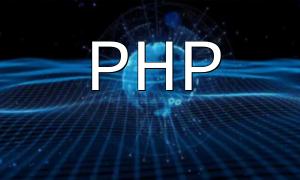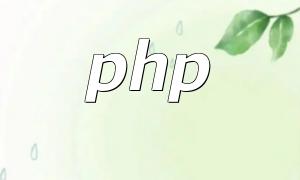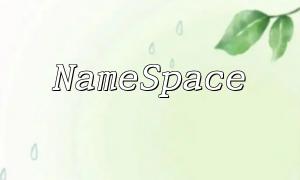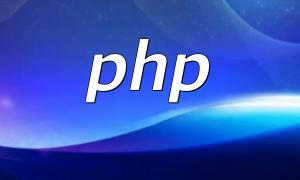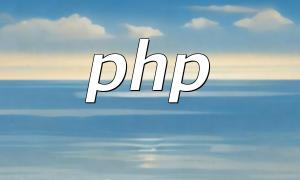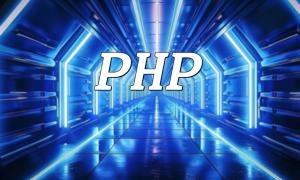In a cloud computing environment, applications must handle distributed systems, high concurrency, and dynamic scalability. PHP design patterns offer proven solutions to address these challenges. By applying the right design patterns, developers can make their systems more efficient, reliable, and maintainable in the cloud.
Design patterns are reusable solutions to common software design problems. They provide structured approaches to organizing and interacting with objects. In the context of PHP cloud applications, the following design patterns are frequently used:
The following example demonstrates how to use the factory method pattern in PHP to dynamically create S3 clients for different cloud providers:
interface S3ClientInterface
{
public function upload(string $file, string $bucket);
}
class AwsS3Client implements S3ClientInterface
{
// AWS S3 client implementation
}
class AzureS3Client implements S3ClientInterface
{
// Azure S3 client implementation
}
class S3ClientFactory
{
public static function create(string $type): S3ClientInterface
{
switch ($type) {
case 'aws':
return new AwsS3Client();
case 'azure':
return new AzureS3Client();
default:
throw new InvalidArgumentException("Invalid S3 client type: $type");
}
}
}
// Create a client as needed
$client = S3ClientFactory::create('aws');
$client->upload('file.txt', 'my-bucket');This approach enables smooth switching between multiple cloud environments like AWS or Azure, enhancing maintainability and flexibility.
The adapter pattern is commonly used when integrating third-party services into an existing system. The example below shows how to wrap a third-party CDN client in an adapter to make it compatible with an existing interface:
class ThirdPartyCDNClient
{
public function push(string $file, string $url)
{
// Third-party CDN push implementation
}
}
class CDNAdapter implements CDNInterface
{
private $client;
public function __construct(ThirdPartyCDNClient $client)
{
$this->client = $client;
}
public function push(string $file, string $url)
{
$this->client->push($file, $url);
}
}
// Using the adapter
$cdn = new CDNAdapter(new ThirdPartyCDNClient());
$cdn->push('file.txt', 'https://example.com/file.txt');By using this pattern, developers can quickly integrate various third-party services without altering the core business logic.
The decorator pattern allows developers to dynamically extend object functionality. For example, in a cloud-based logging system, decorators can add logging, monitoring, or caching modules to storage operations, improving observability and performance.
This flexibility makes the decorator pattern particularly suitable for cloud-native PHP applications, allowing dynamic scaling and modular feature management.
Applying PHP design patterns in cloud computing not only optimizes software architecture but also improves scalability, maintainability, and interoperability. The factory method provides a flexible way to create instances, the adapter pattern enhances service compatibility, and the decorator pattern enables efficient feature extension. Mastering these patterns helps developers build robust and adaptable PHP applications for cloud environments.
